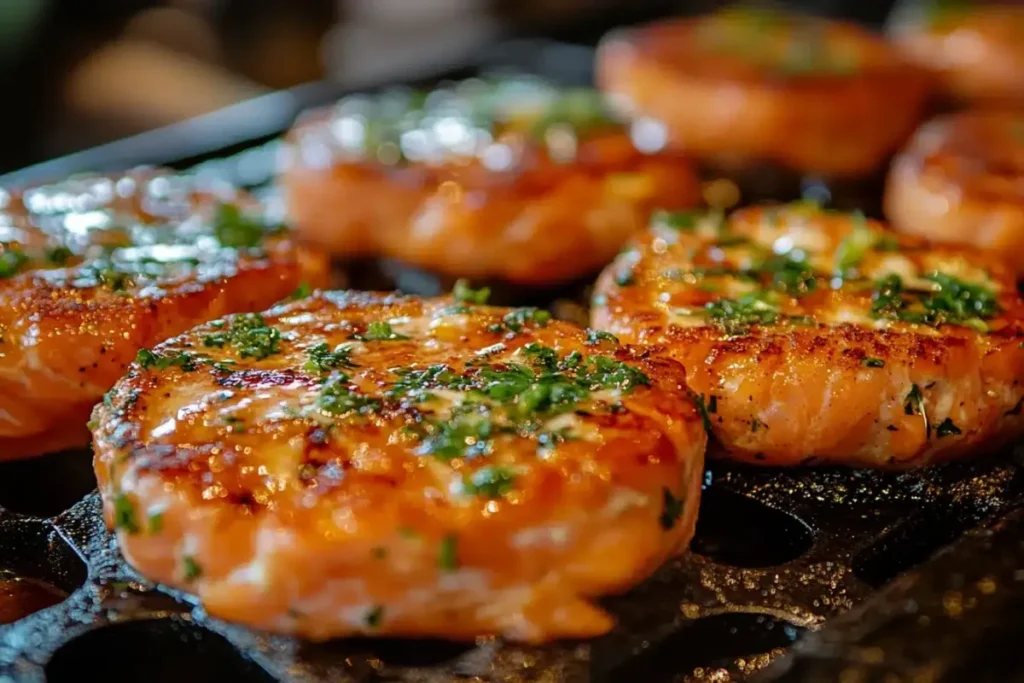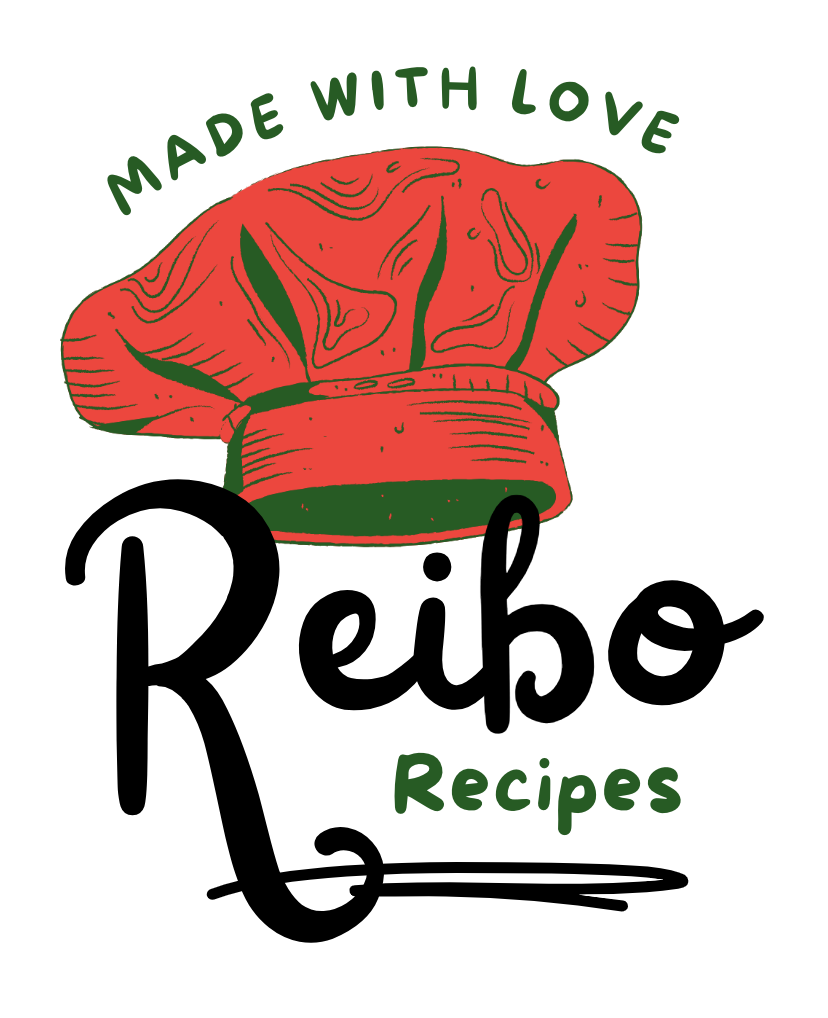
Keep Salmon Patties from Falling Apart are a beloved dish that many people enjoy making at home. However, a common frustration is that they often fall apart during cooking. Understanding what keeps salmon patties from falling apart is key to mastering this recipe and ensuring that your patties turn out perfect every time.
Common Issues Leading to Salmon Patties Falling Apart
One of the main reasons why salmon patties fall apart is due to excess moisture in the mixture. This problem is particularly common when using canned salmon, which tends to retain more liquid. Additionally, not using enough binding agents like eggs or breadcrumbs can also lead to patties that don’t hold their shape well.
- Excess Moisture: It is essential to manage the moisture content in your salmon mixture. If there is too much liquid, the patties will not bind properly and may break apart during cooking. For more tips on how to properly drain and dry salmon, refer to this guide by Serious Eats.
- Inadequate Binding Agents: Binding agents such as eggs, breadcrumbs, or even mashed potatoes play a crucial role in keeping your salmon patties together. Without enough binding agents, the ingredients won’t stick together, making the patties fragile.
For other ideas on how to effectively use binding agents in your recipes, you might find our post on Using Binders in Cooking helpful.
Preparing the Perfect Salmon Patty Mixture to keep salmon patties from falling apart.
Choosing the Right Salmon
The type of salmon you use can significantly affect the outcome of your patties. Both canned and fresh salmon can be used, but each requires different preparation methods.
- Canned Salmon: Drain the salmon thoroughly to remove excess moisture. Patting it dry with paper towels is also helpful to ensure that the mixture isn’t too wet.
- Fresh Salmon: If you’re using fresh salmon, make sure to cook it first, then allow it to cool and dry before flaking it. Fresh salmon typically contains less moisture than canned, which can help prevent your patties from falling apart.
You can also explore our guide on Salmon Patties for more detailed instructions.
Controlling Moisture for Perfect Salmon Patties
To further manage moisture, it’s important to balance the wet and dry ingredients in your mixture:
- Use of Breadcrumbs or Flour: Adding breadcrumbs or flour can absorb excess moisture and provide structure to the patties. This is especially important if your mixture seems too wet after adding other ingredients.
- Proper Drainage: Whether you’re using canned or fresh salmon, make sure to properly drain any liquid before mixing. For more detailed techniques on managing moisture, visit the Exploratorium’s cooking science page.
Selecting and Using Binding Agents
Binding agents are crucial to the integrity of your salmon patties. They help to glue the ingredients together and keep the patties from falling apart during cooking.
- Eggs: Eggs are the most common binder used in salmon patties. They not only hold the mixture together but also add richness to the flavor.
- Breadcrumbs: Breadcrumbs absorb moisture and add texture, making the patties more cohesive.
- Alternative Binders: If you’re avoiding eggs or breadcrumbs, you can use mashed potatoes, cornstarch, or even quinoa as alternative binders.
Chilling the Mixture Before Cooking
Chilling the mixture before forming the patties can help them firm up, making it easier to handle and less likely to fall apart during cooking. Place the mixture in the refrigerator for at least 30 minutes before shaping it into patties.
For more tips on improving texture and firmness in your recipes, check out our post on Chilling Techniques for Better Cooking Results.
For more ideas on how to enhance the flavor of your salmon patties, check out our detailed guide on Caramelize brûlée complement seafood dishes.
Cooking Techniques
Frying Methods
Frying is the most popular method for cooking salmon patties, but it requires some attention to detail to avoid mishaps.
- Medium Heat: Cook the patties over medium heat to ensure even cooking. If the heat is too high, the outside may cook too quickly, leaving the inside undercooked, which can cause the patties to break apart.
- Preheating the Pan: Always preheat your pan before adding the patties. This helps create a sear that holds the patties together.
Baking Salmon Patties
Baking is a healthier alternative to frying and can help maintain the structure of your patties.
- Baking Instructions: Preheat your oven to 375°F. Place the patties on a baking sheet lined with parchment paper and bake for 15-20 minutes, flipping them halfway through.
For a more detailed guide, you can refer to our article on Baking Techniques for Healthier Meals.
Grilling Techniques
Grilling adds a smoky flavor to salmon patties but requires a bit more care to prevent sticking.
- Grill Preparation: Make sure to oil the grill grates well to prevent the patties from sticking.
- Barbecue over medium warm for around 4-5 minutes on each side.
Storage, Freezing, and Serving
Storing Cooked Patties
To keep your patties fresh, store them in an airtight container in the refrigerator. They will remain great for up to 3 days. When warming, utilize a skillet over medium warm to dodge making the patties soggy.
Freezing Uncooked Patties
If you want to prepare patties in advance, freezing is a great option. Freeze the uncooked patties on a baking sheet until solid, then transfer them to a freezer bag. They can be cooked straightforwardly from solidified or defrosted in the fridge some time recently cooking.
Serving Suggestions
Salmon patties can be served in various ways:
- With Sides: Pair them with roasted vegetables, mashed potatoes, or a fresh salad.
- As a Sandwich: Serve the patties on a bun with lettuce, tomato, and your favorite sauce.
For more serving thoughts, take a see at our Seafood Butter Sauce.
FAQs
Can I Use Fresh Salmon Instead of Canned?
Yes, fresh salmon can be used. Cook and flake it, then pat it dry to remove excess moisture before mixing with other ingredients.
What if My Salmon Patties Are Still Falling Apart?
If your salmon patties are still falling apart, try adding more binding ingredients, like breadcrumbs or eggs, or chill the mixture for a longer period.
How Can I Make My Salmon Patties Extra Crispy?
To make your salmon patties extra crispy, coat them with a light batter of flour, egg, and breadcrumbs before cooking. Fry them in a bit more oil for added crunch.
Exploring the Role of Spices in Salmon Patties
Spices play a critical role in enhancing the flavor of salmon patties while also providing depth and complexity. For instance, adding paprika can lend a smoky, savory undertone to the dish. Similarly, a dash of cayenne pepper introduces a subtle heat that balances the richness of the salmon. Moreover, incorporating dried herbs like parsley, dill, or thyme adds an earthy and aromatic touch. For those seeking a bold flavor profile, curry powder or Old Bay seasoning can provide an exotic or traditional flair. Experimenting with spices allows you to tailor the patties to your personal taste preferences while keeping them exciting.
Gluten-Free Alternatives for Salmon Patties
For those with gluten sensitivities or dietary restrictions, there are several gluten-free alternatives to traditional breadcrumbs. For example, almond flour can be used to bind the mixture while adding a nutty flavor. Additionally, crushed rice crackers or gluten-free oats can serve as excellent replacements for breadcrumbs. For an even healthier option, ground flaxseed not only binds the mixture but also boosts the nutritional content. Ultimately, these substitutions ensure that salmon patties remain accessible to a wide audience without compromising taste or texture.
How to Add a Gourmet Twist to Salmon Patties
Elevating your salmon patties to a gourmet level can be achieved with simple yet sophisticated touches. For instance, mixing in finely chopped fresh herbs like tarragon or chives creates a burst of fresh flavor. Additionally, folding in a small amount of cream cheese or mascarpone adds a luxurious creaminess. For a touch of elegance, top the patties with a dollop of lemon-infused crème fraîche or caviar. Furthermore, serving the patties with artisan bread or alongside a delicate microgreen salad completes the gourmet experience.
The Science of Keeping Salmon Patties Intact
Understanding the science behind keeping salmon patties intact can make a significant difference in your cooking success. For example, proteins in eggs coagulate during cooking, helping to bind the ingredients together. Similarly, breadcrumbs act as a sponge, absorbing excess moisture and providing structural integrity. Additionally, chilling the mixture allows fats to solidify, making the patties easier to shape and less prone to breaking apart during cooking. By leveraging these principles, you can troubleshoot and adjust your recipe for consistently flawless results.
Sustainable Seafood Choices for Salmon Patties
Choosing sustainable seafood options for your salmon patties is an eco-friendly way to enjoy this dish. For example, opt for wild-caught salmon certified by the Marine Stewardship Council (MSC), which ensures environmentally responsible fishing practices. Alternatively, look for responsibly farmed salmon that minimizes environmental impact. Furthermore, using leftover salmon from previous meals can reduce waste while still creating a flavorful dish. By prioritizing sustainability, you can enjoy your salmon patties guilt-free while supporting marine conservation efforts.
Incorporating Vegetables into Your Salmon Patty Mixture
Adding vegetables to your salmon patty mixture is a great way to boost nutrition and flavor. For instance, finely grated zucchini or carrots can add moisture and sweetness to the patties. Similarly, diced bell peppers or onions provide a crunchy texture and a burst of color. For a heartier option, mix in chopped spinach or kale for an earthy, nutrient-rich addition. Moreover, incorporating vegetables ensures a well-rounded dish that’s both delicious and health-conscious.
The Best Oils for Cooking Salmon Patties
The type of oil you use can significantly impact the flavor and texture of your salmon patties. For instance, neutral oils like canola or vegetable oil are great for frying as they don’t overpower the salmon’s taste. Alternatively, olive oil adds a subtle, fruity aroma while providing a healthier fat profile. For an elevated flavor, try using avocado oil, which has a high smoke point and a mild, buttery taste. Ultimately, choosing the right oil depends on your cooking method and flavor preferences.
Budget-Friendly Tips for Making Salmon Patties
Creating delicious salmon patties doesn’t have to break the bank. For example, using canned salmon is a cost-effective alternative to fresh salmon without compromising on taste. Additionally, incorporating pantry staples like breadcrumbs, eggs, and dried spices minimizes the need for extra purchases. For even more savings, buy salmon in bulk when it’s on sale and freeze portions for future use. With these tips, you can enjoy flavorful salmon patties on a budget without sacrificing quality.
How to Repurpose Leftover Salmon Patties
Leftover salmon patties can be transformed into entirely new dishes. For example, crumble the patties into a salad for a quick and protein-packed lunch. Additionally, use them as a filling for wraps or tacos, paired with fresh vegetables and a zesty sauce. For a heartier meal, break the patties apart and stir them into a creamy pasta or risotto. By repurposing leftovers creatively, you can reduce waste and enjoy your salmon patties in new and exciting ways.
Conclusion
By following these tips and understanding the key factors that contribute to salmon patties falling apart, you can create perfectly cohesive and delicious patties every time. Remember to manage moisture content, use adequate binding agents, and choose the right cooking method for your needs.
